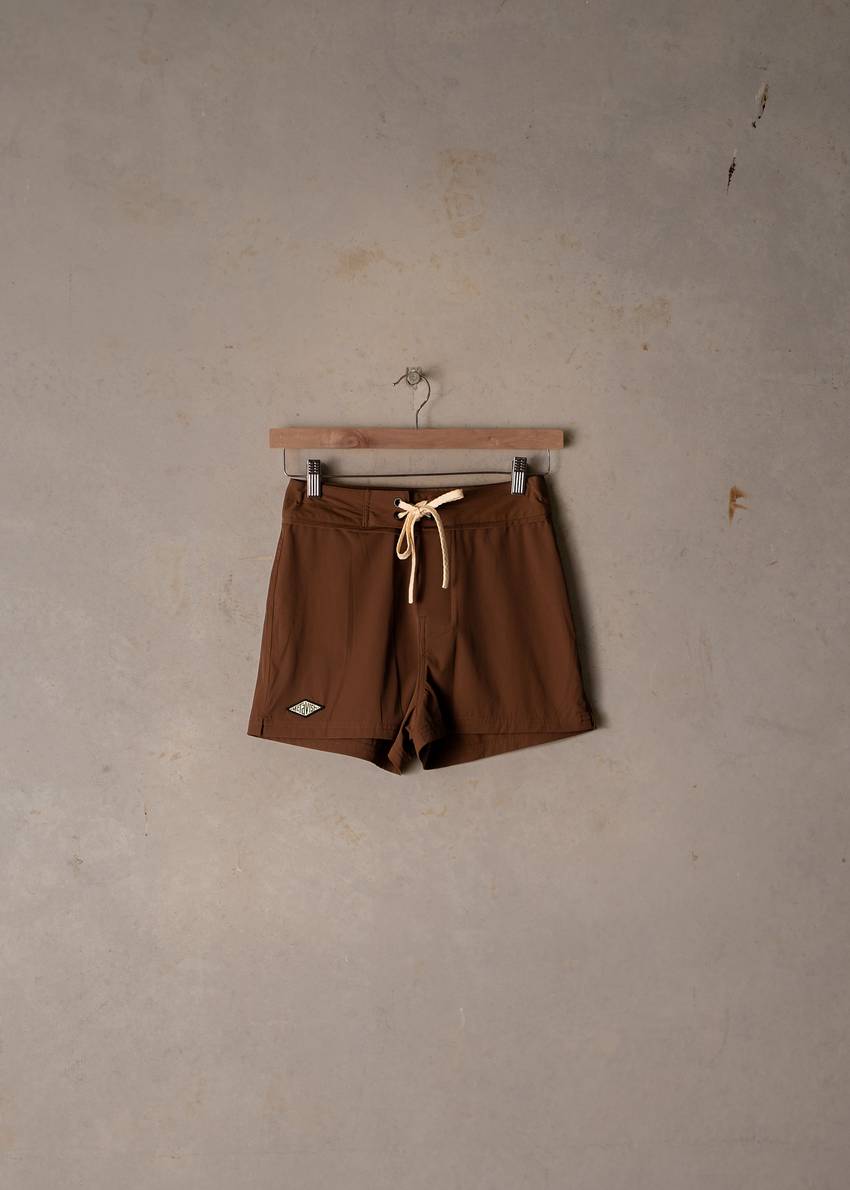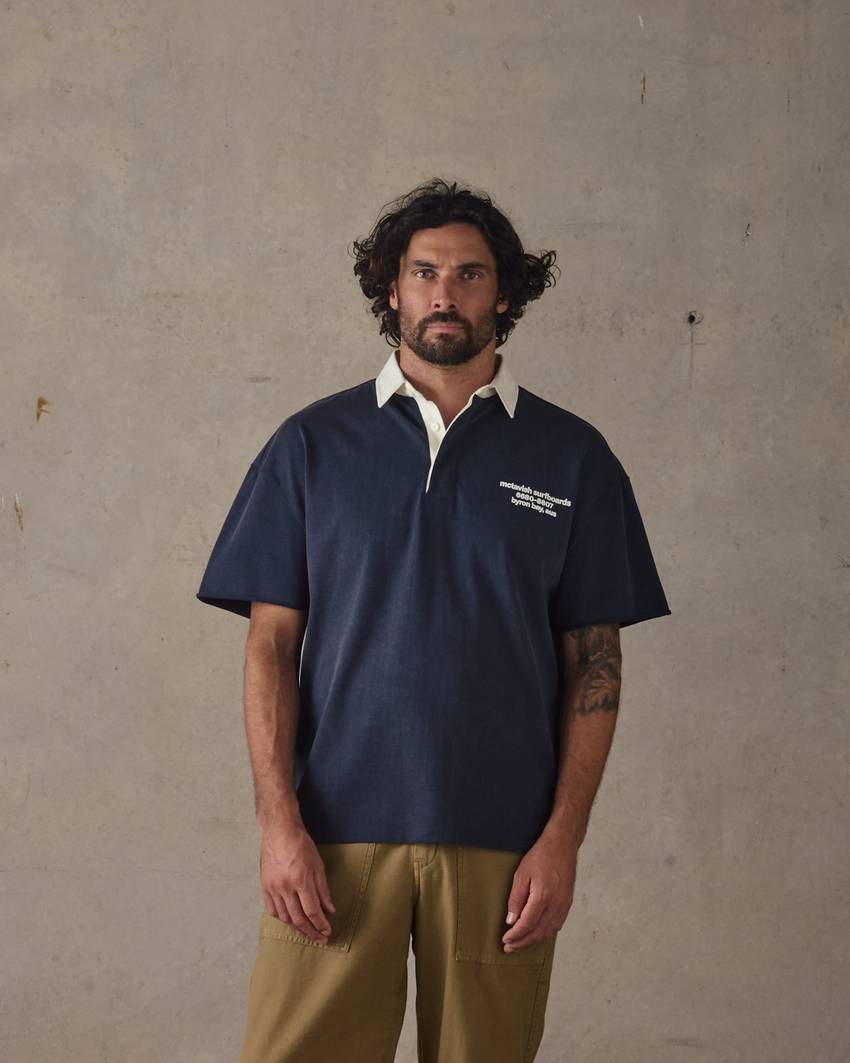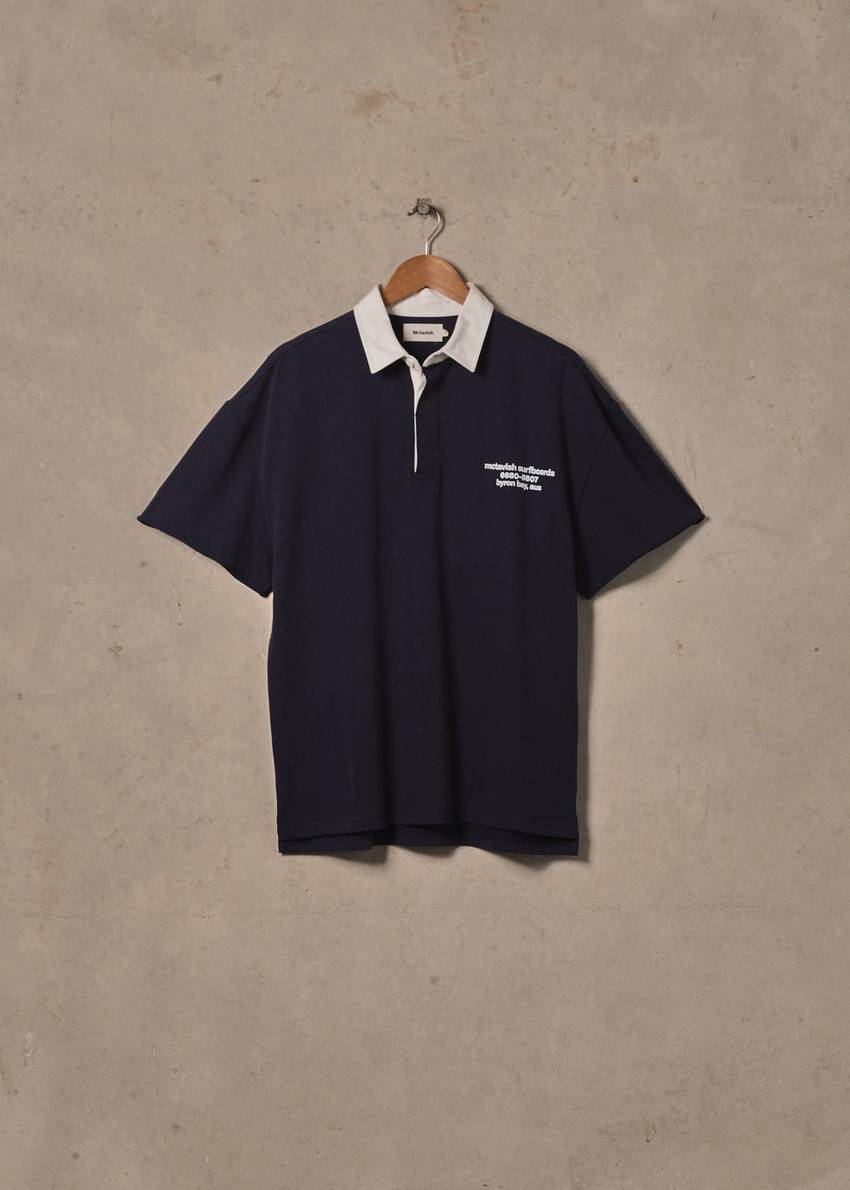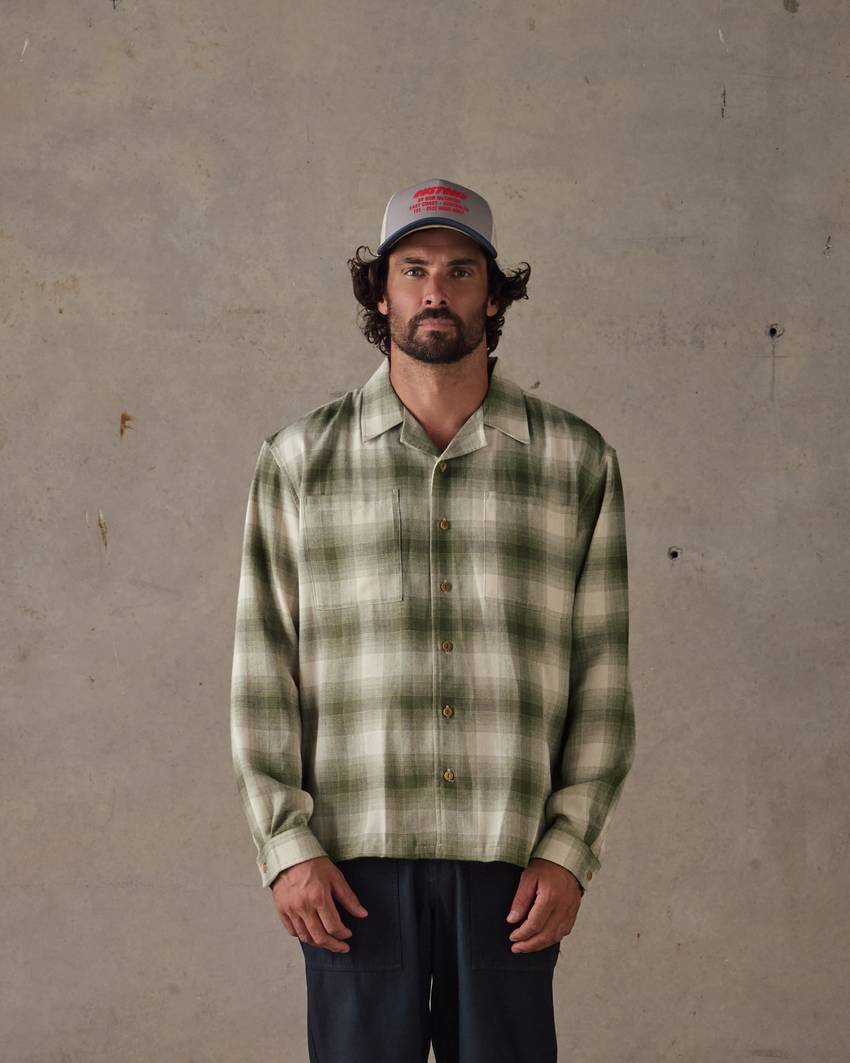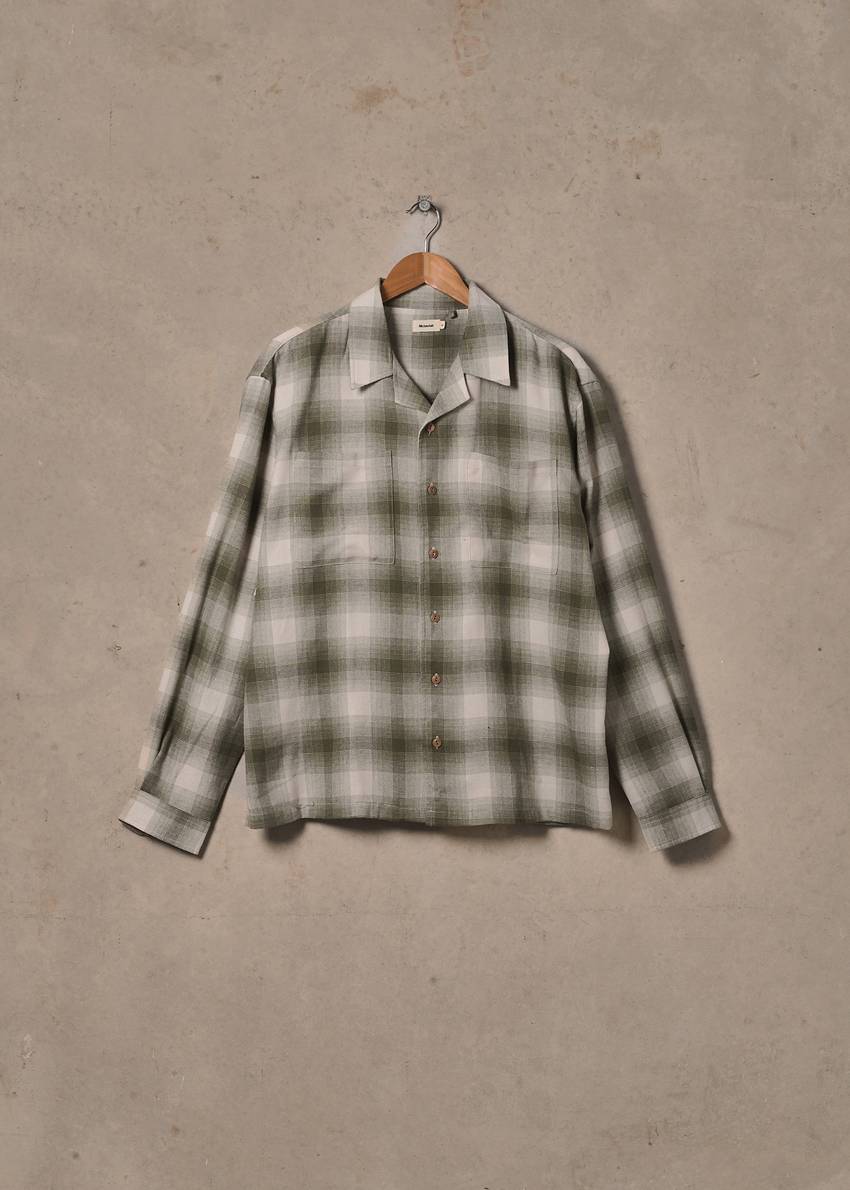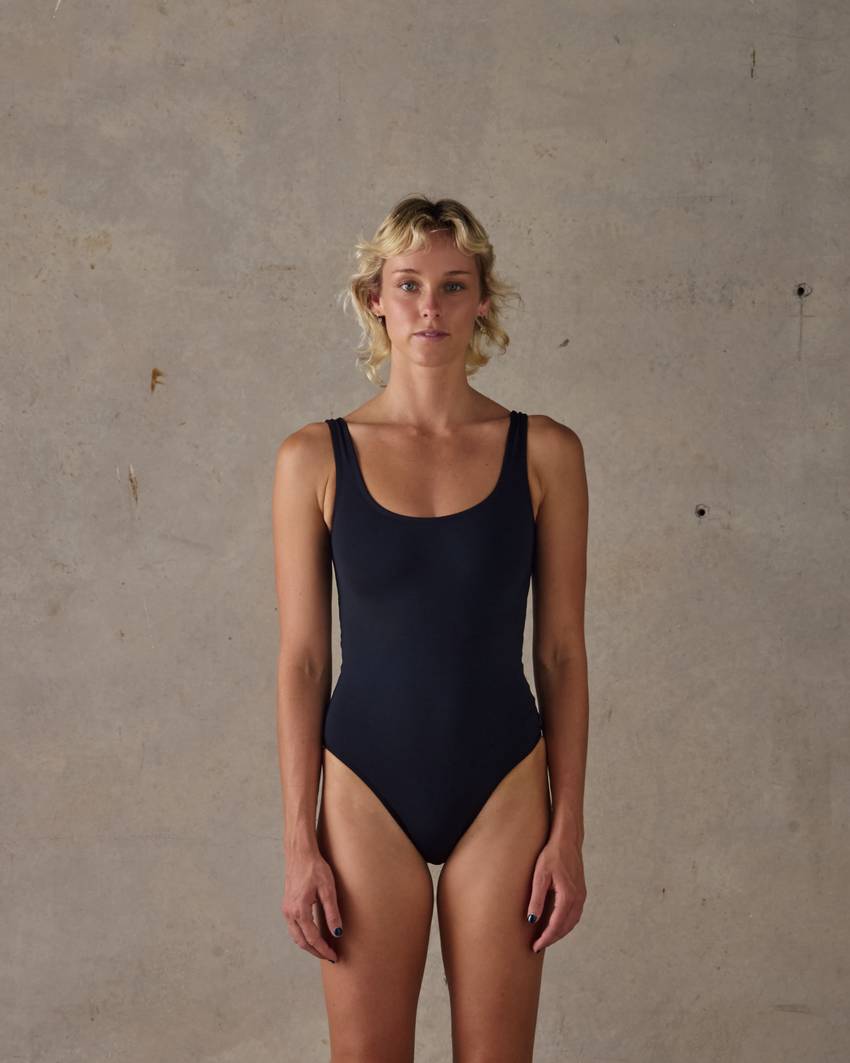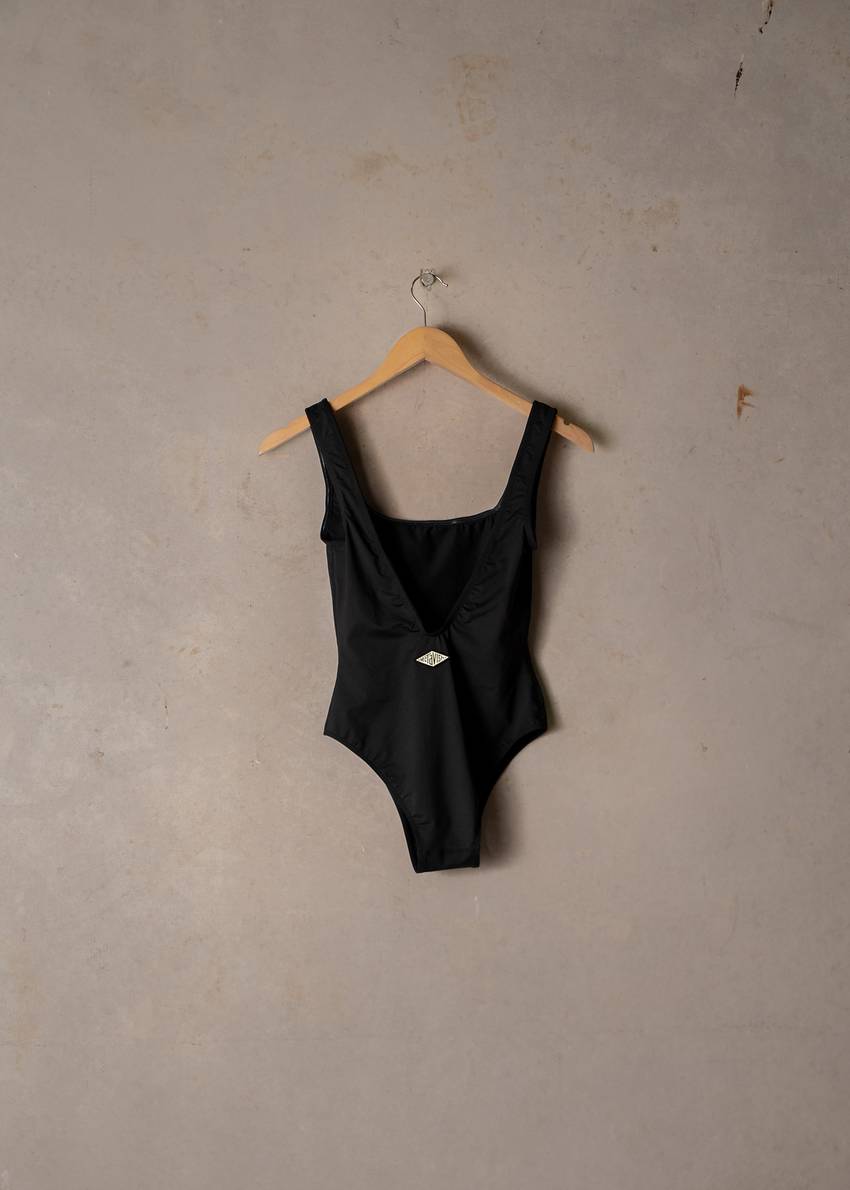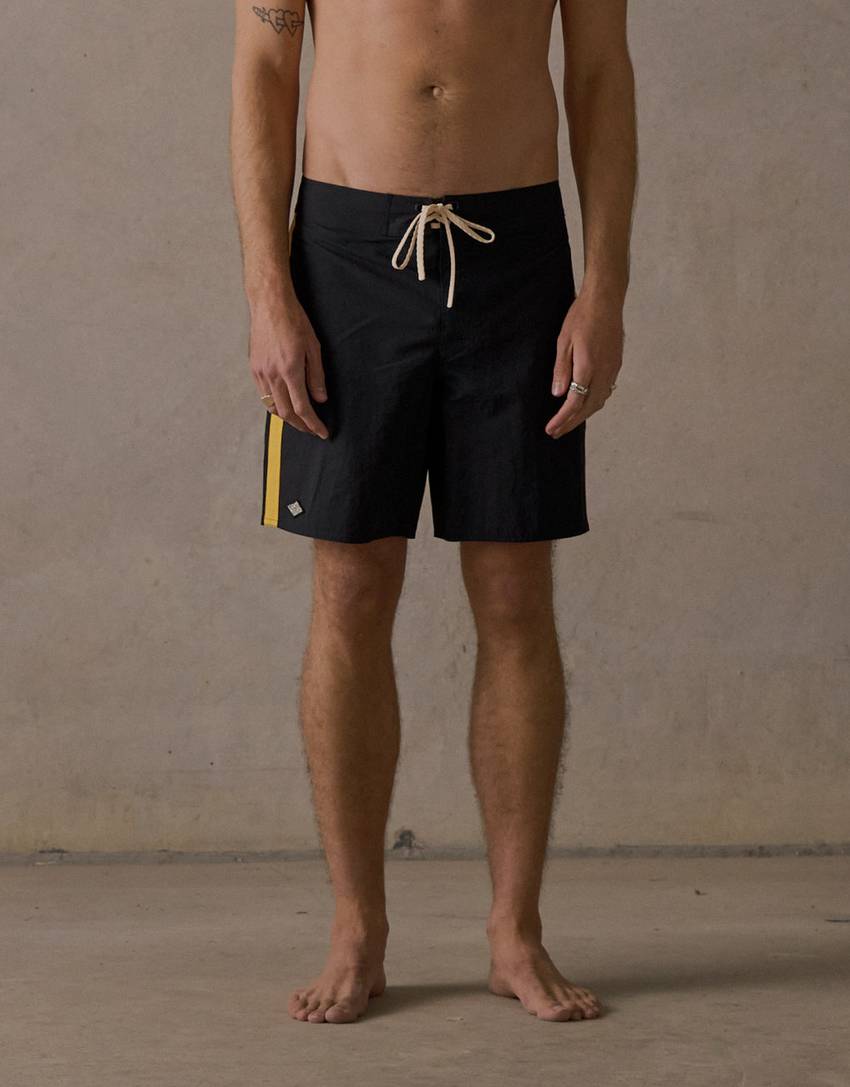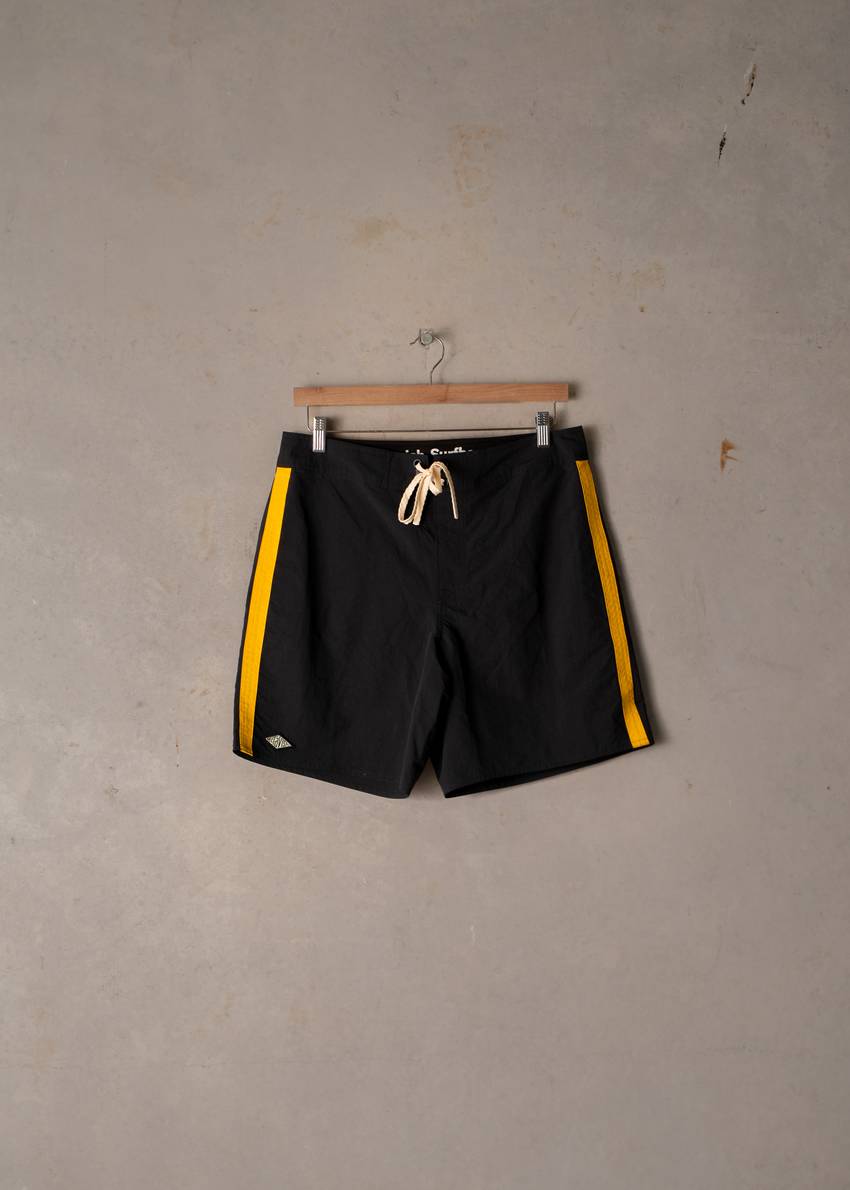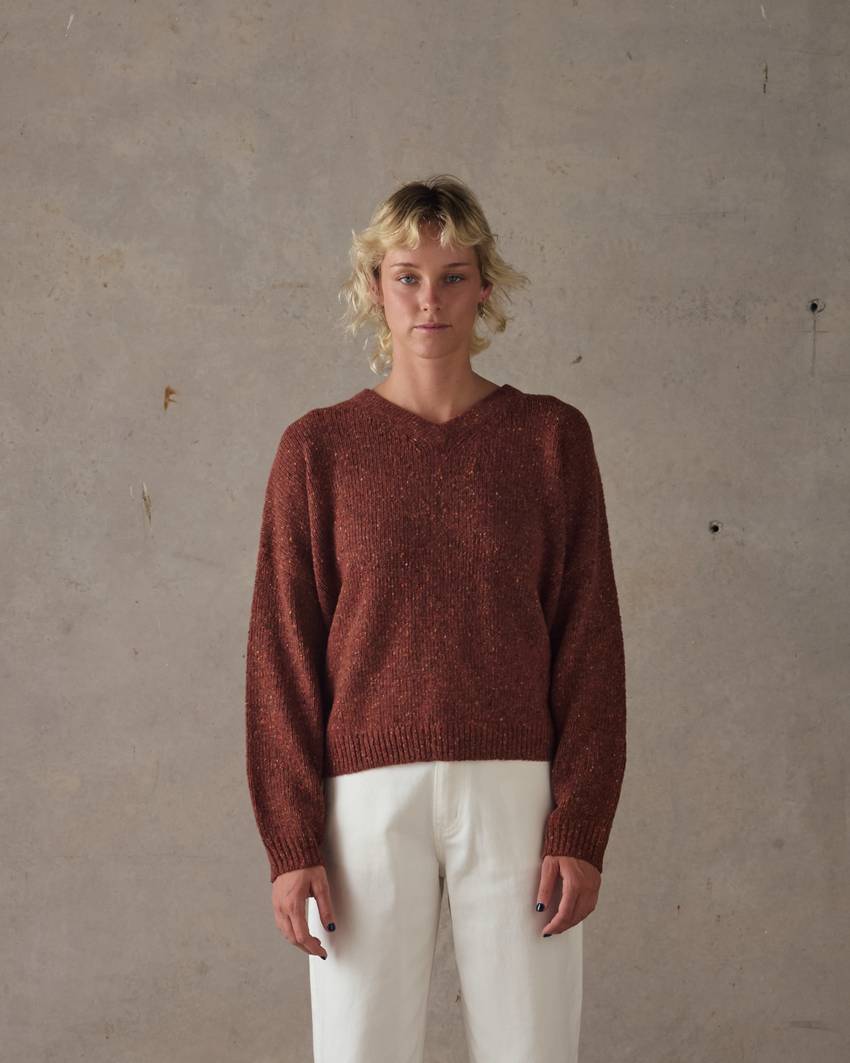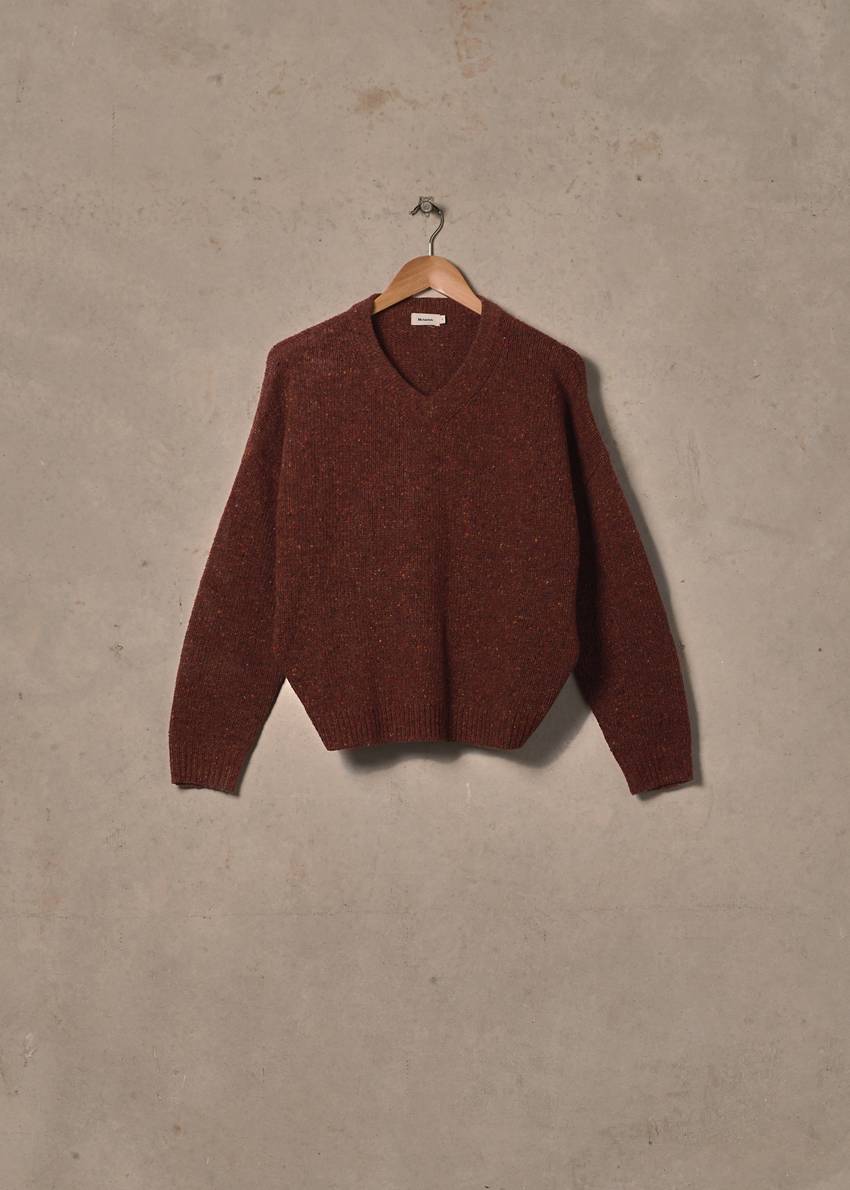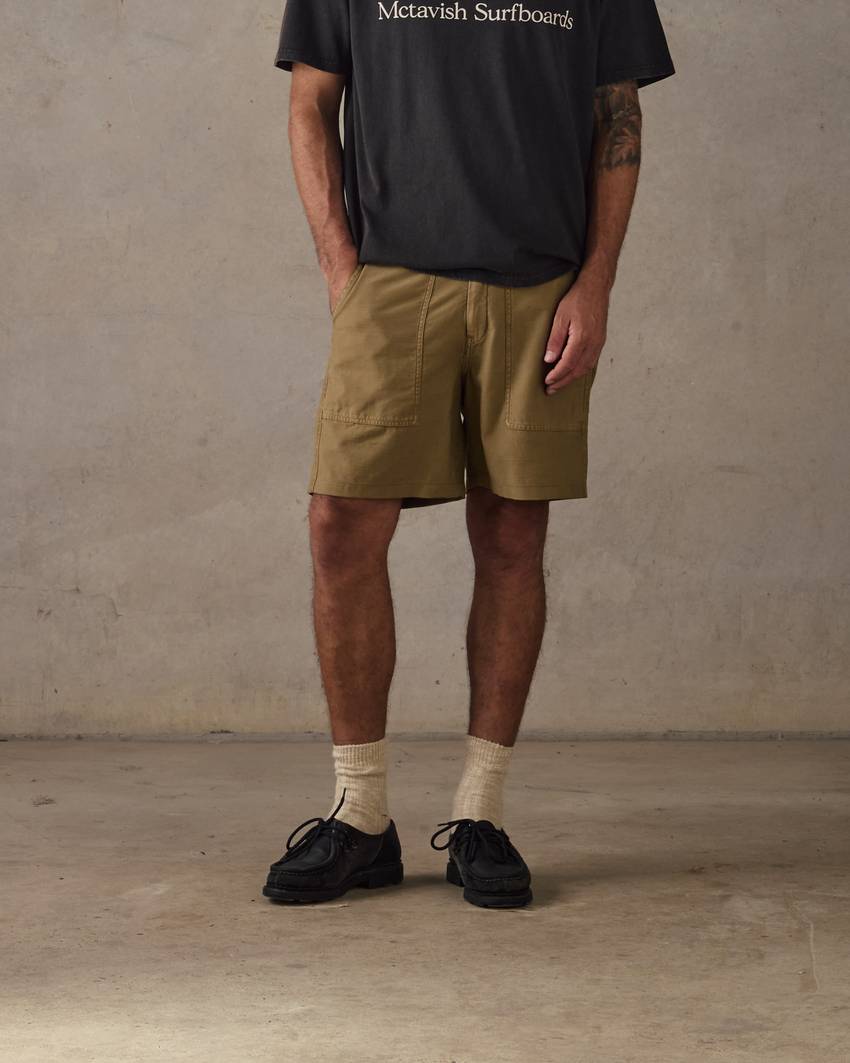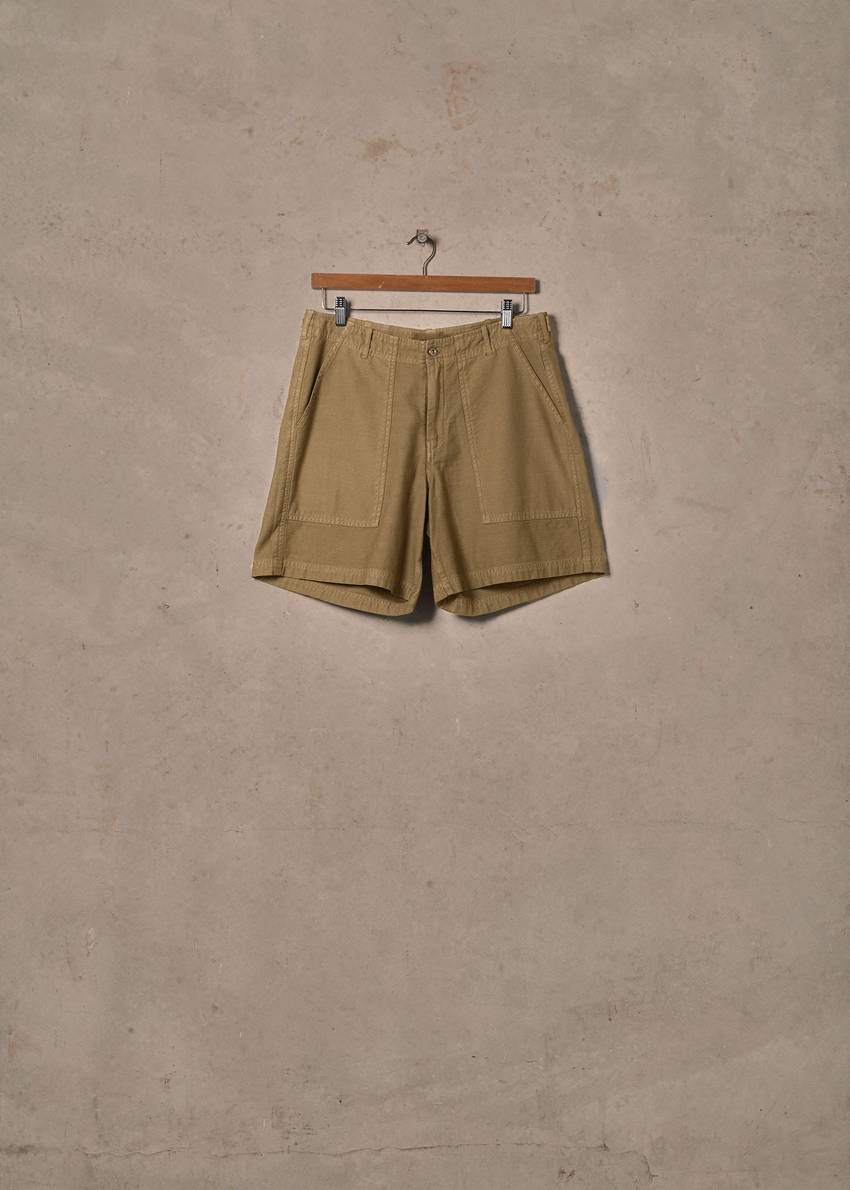Not all Denim Jeans are created equal. When it was time to make a pair of classic blue denim jeans, we knew we had to make them just like they used to with the best materials and construction available (like we have surfboards for over 60 years). Introducing the Mctavish Classic Denim Jean in Light Wash Indigo Japanese Selvedge Denim.
"I wanted to replicate the jeans worn in the '50s and '60s by California surfers. They were some of the original rebels and outcasts from that era - Bob still has that in him today. I was lucky to find a pair of Levi's 501XX from 1967 while in Japan. I took elements from this fit and construction and adapted it slightly for today's body shapes, making it a more unisex fit." - Arran Russell, Mctavish Apparel Designer.
Denim started as American workwear way back in the late 1800s, loved for its balance of durability and comfort. But it didn't take long for denim to shed its strictly functional identity and evolve into something much bigger - an emblem of rebellion, counterculture, and effortless style. By the 1950s, they had become more than just workwear. Worn by icons like Marlon Brando and James Dean, denim became the uniform of those who rejected the status quo and early on, surfers were among the first sub-cultures to adopt denim as part of their daily "uniform". Through the '50s and '60s, denim and surf culture became inseparable. Worn straight from the beach, jeans developed a unique patina for each wearer - fading over time from salt and sun, inadvertently creating the faded denim look.
Dale Velzy, Hap Jacobs, Bill Meistrell and Bev Morgan, at Dive N' Surf in Redondo Beach, mid-5os. Photo: Bev Morgan
"There is just that connection between Levi's and surfing that goes back such a long way. You look at some of thoseclassic Leroy Grannis surf photos, and everyone's hanging out down at San Onofre or Malibu wearing Levi's. It was workwear, but stylish too. These guys would put in hours at random blue-collar jobs to keep that amazing beach lifestyle going. Levi's would function equally well in both worlds and do it in such a stylish way. That heritage and authenticity is something surfers really value..." - John Booker, Levi Straus & Co. employee and lifelong surfer.

Selvedge Denim was how all denim was made during the early to mid-20th century. Often recognised by the red (or coloured) stitching seen when you roll the cuff-the hallmark of a great pair of jeans. Selvedge denim was made on narrow looms, and the coloured stitching is the "self-finished edge", a.k.a. selvedge, of the fabric rather than a cut edge from a big piece of fabric. Eventually, manufacturers mostly abandoned the lengthy selvedge production process in favour of more efficient methods. It wasn't until Japanese brands in the late 20th century began reviving selvedge denim, using shuttle looms previously used to make kimonos.
For our Indigo Classic Denim Jeans, we worked with Kaihara, one of Japan's most revered denim mills, weaving narrow selvedge denim on vintage shuttle looms - just as sit was made before mass production took over. Every step, from spinning the yarn to dyeing with natural indigo, is handled in-house to ensure the highest quality.
At Mctavish, we've long valued things that last the test of time - our surfboards are designed to be ridden for years and passed down as heirlooms, and these Jeans are no different.






